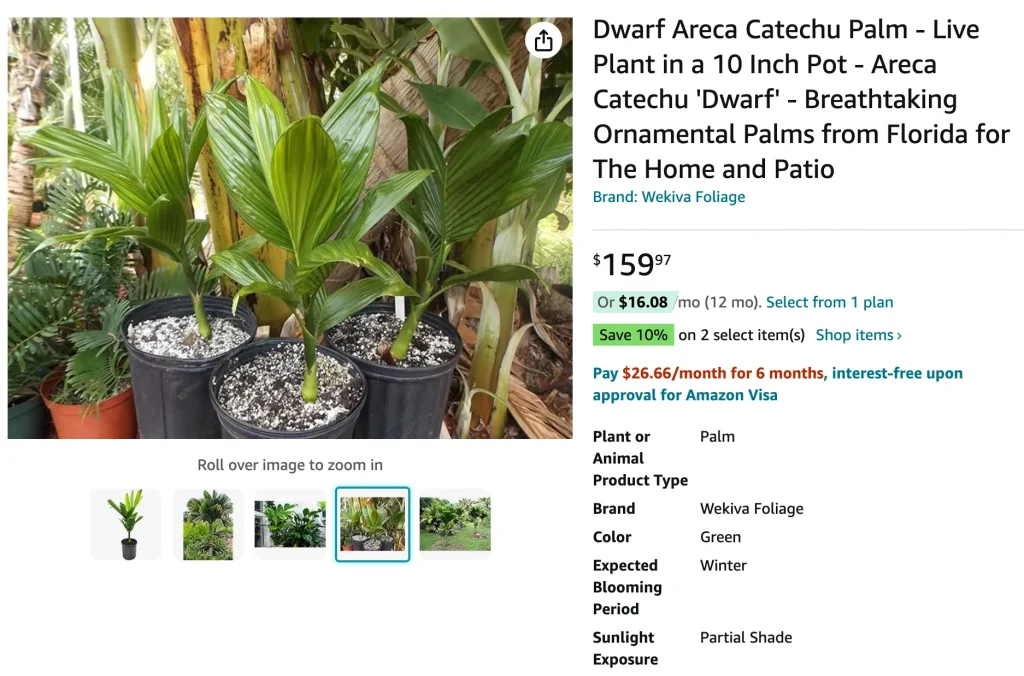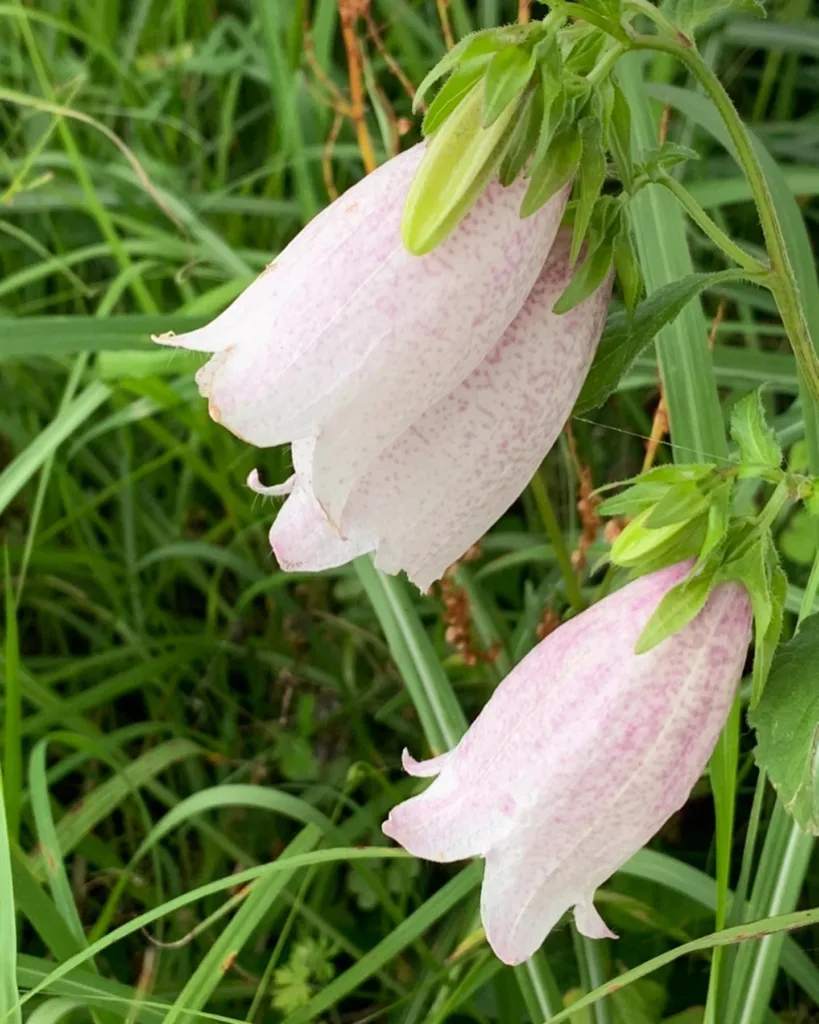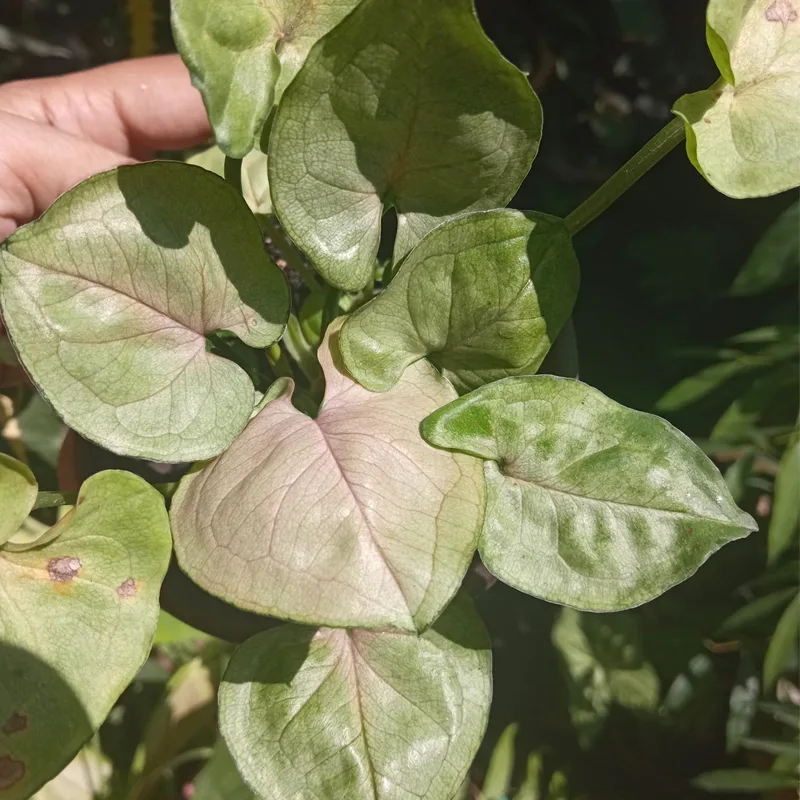
FAQs About Areca Catechu
Areca Catechu, also known as the Betel Nut Palm, is a tropical plant that many people find fascinating for both its beauty and traditional uses. From its seeds to its unique care requirements, there’s a lot to learn about this stunning palm. Here, I’ll go over some frequently asked questions and share some useful insights.
45 Species in Genus Areca
How to Plant Areca Catechu Seeds?
Planting Areca Catechu seeds can be an enjoyable process if you know the right steps. First, you need to soak the seeds in water for about 24 hours to soften the outer shell. Once soaked, plant the seeds about an inch deep into well-draining soil. It’s important to keep the soil moist, but not waterlogged. Place the pot in a warm, sunny spot since Areca Catechu thrives in temperatures between 70-90°F. It’s a slow grower, so be patient; it might take several weeks to germinate. Consistent warmth and humidity are key for successful germination.
Where Can I Purchase an Areca Catechu Palm?
You can buy Areca Catechu palms from specialized nurseries, garden centers, or online plant retailers. Many online stores, especially those focused on tropical or rare plants, offer both seeds and young palms. Make sure to check the seller’s reputation and look for reviews to ensure the quality of the palm or seeds you’re buying. Also, some countries or states may have restrictions on importing palms, so always check local regulations before purchasing.
How to Care for Areca Catechu?
Caring for an Areca Catechu palm is relatively simple as long as you meet its tropical needs. This plant loves bright, indirect sunlight, and a humid environment. When it comes to watering, make sure the soil stays moist but not soggy. Overwatering can lead to root rot, which is a common issue with palms. During the growing season, a balanced fertilizer every couple of months can encourage healthy growth. In winter, it’s best to cut back on watering and feeding since the plant will be in a resting phase.
Can You Grow Areca Catechu Indoors?
Yes, Areca Catechu can be grown indoors, but there are a few things to keep in mind. It will need a lot of bright, indirect sunlight, so placing it near a south-facing window is ideal. It’s also important to maintain a warm and humid environment. If you live in a dry climate, you might need to mist the plant or use a humidity tray. One advantage of growing this palm indoors is that it’s generally free from pests, although spider mites can sometimes be an issue.
How to Propagate Areca Catechu?
The most common way to propagate Areca Catechu is through seeds. After flowering, the palm produces seeds that can be harvested once they mature. Follow the steps for planting seeds mentioned above. Unfortunately, this palm doesn’t propagate easily through cuttings or division, making seed propagation the best option. Just remember, Areca Catechu is slow-growing, so propagation will require some patience.
What to Plant With Areca Catechu?
Since Areca Catechu is a tropical plant, it’s best to pair it with other tropical or subtropical species. Plants like Heliconias, Bird of Paradise, or Hibiscus can complement the Areca’s palm fronds nicely. In landscape settings, smaller shade-tolerant plants like ferns or Caladiums can be planted underneath the palm to create a lush, tropical atmosphere.
Is Areca Catechu Toxic?
Yes, Areca Catechu is mildly toxic to humans and pets. The seeds, which are chewed as Betel Nuts, contain alkaloids that can cause gastrointestinal issues if ingested in large quantities. For pets, ingestion can lead to vomiting, diarrhea, or worse, depending on the amount consumed. It’s important to keep this palm out of reach of children and pets to avoid any health risks.
What Are the Benefits of Areca Catechu?
Areca Catechu has long been valued for its seeds, which are traditionally chewed in many cultures, often wrapped in Betel leaves. This practice, although controversial due to potential health risks, is known for its stimulant properties. Beyond cultural uses, the palm itself is an excellent air purifier and can help improve indoor air quality by removing toxins like formaldehyde. It also brings a sense of the tropics to any space, making it a popular choice for indoor gardening enthusiasts.
What Are Common Problems with Areca Catechu?
One of the most common issues with Areca Catechu is overwatering, which leads to root rot. Make sure the plant is in well-draining soil and that the pot has drainage holes. Another common problem is yellowing leaves, which can indicate a nutrient deficiency or too much direct sunlight. If the tips of the leaves start to brown, it could be a sign of underwatering or low humidity. Keep an eye on spider mites, especially if you’re growing the plant indoors, as they can cause damage if not addressed.
Can Areca Catechu Be Confused with Other Plants?
Yes, Areca Catechu is sometimes confused with the Areca Palm (Dypsis lutescens). Although they share a similar appearance with their feathery, arching fronds, they are quite different species. Dypsis lutescens is often referred to as the Butterfly Palm or Golden Cane Palm and is more commonly used as a houseplant than Areca Catechu. The Betel Nut Palm also tends to grow taller and has distinctive fruits, making it easier to differentiate once it matures.
Conclusion
The Areca Catechu palm is a beautiful, versatile plant that can thrive both indoors and outdoors with proper care. Whether you’re planting seeds or growing an established palm, it requires patience, warmth, and a bit of tropical knowledge to flourish. Its unique cultural significance and striking appearance make it a great addition to any plant collection, as long as you’re prepared to meet its needs.
If i die, water my plants!



